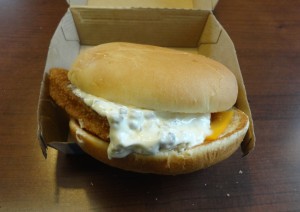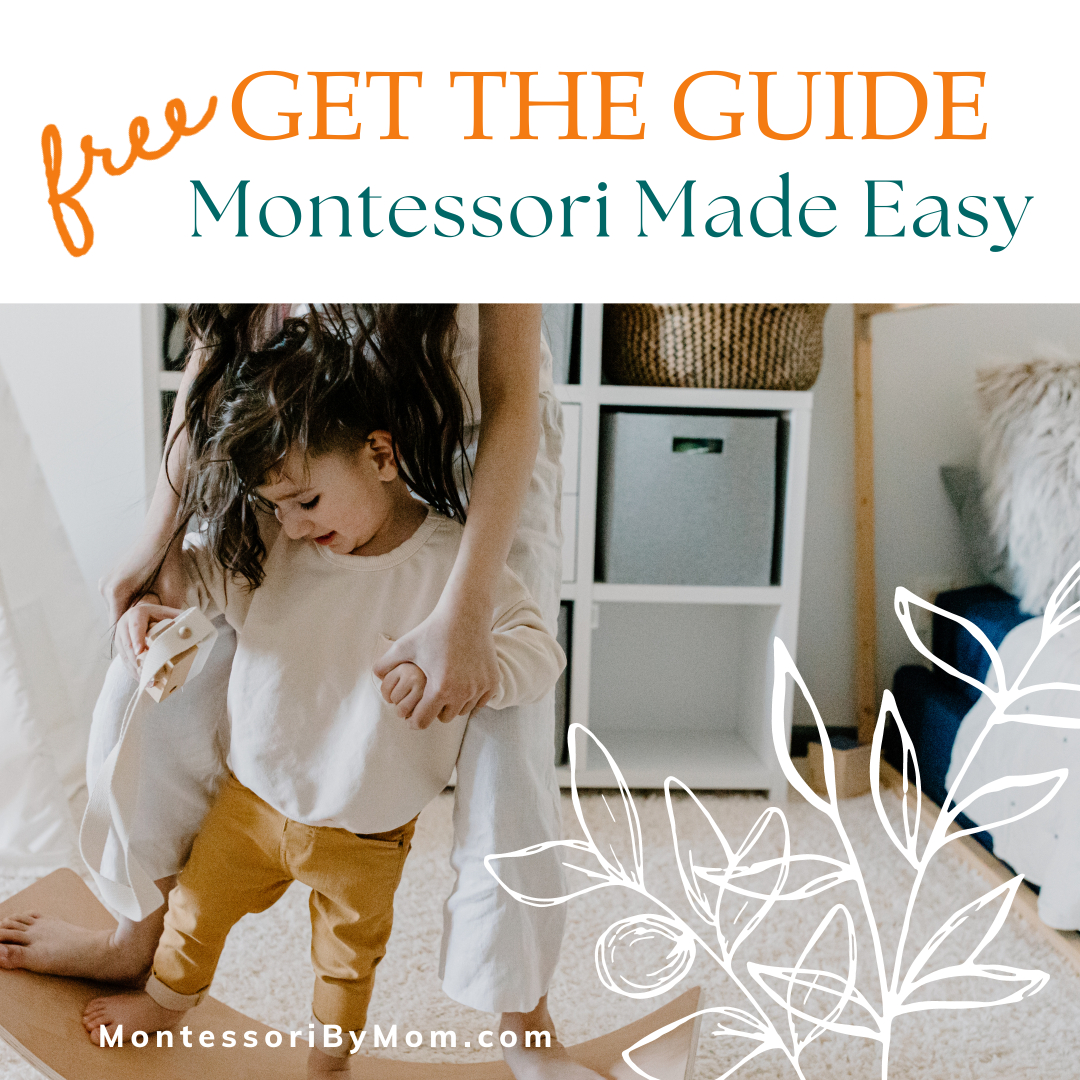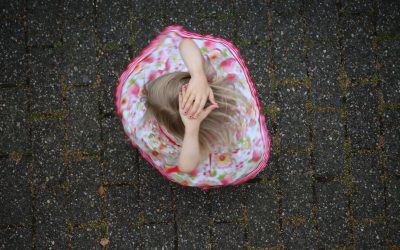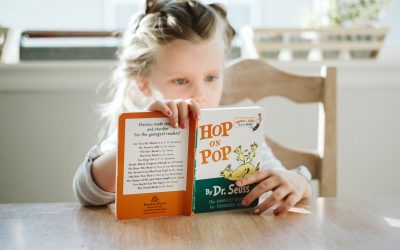A Traumatic Fish Sandwich
 Nathan: When I was young, I had a very traumatic encounter with a fish sandwich at McDonald’s.
Nathan: When I was young, I had a very traumatic encounter with a fish sandwich at McDonald’s.
Teresa: Okay, “I’ll bite” what happened?
Nathan: Very funny… I was in line with my parents and I couldn’t decide if I wanted chicken nuggets, or a Big Mac, or… you get the idea.
Teresa: So where does the fish sandwich come in?
Nathan: We came up to the cash register, and I just stood there staring at this board with all its endless possibilities of greasy, unhealthy deliciousness. As the line behind us got longer and longer, I still couldn’t decide so my dad finally said, “He’ll have the fish sandwich.”
Teresa: That was traumatic?
Nathan: Okay, maybe traumatic isn’t the right word. I don’t hate fish sandwiches, but that was nowhere on my lunchtime radar. It just came out of nowhere. I was mentally comparing the qualities of the secret sauce vs the crunchy goodness of a fried nugget when, WHAM! fish sandwich.
Teresa: Fried nugget? Sounds so gross when you put it like that.
A Lesson At McDonald’s
 Nathan: The point is, after all these years I still remember that visit to the golden arches. When I wasn’t able to make a choice, I ended up losing the freedom to chose at all.
Nathan: The point is, after all these years I still remember that visit to the golden arches. When I wasn’t able to make a choice, I ended up losing the freedom to chose at all.
Teresa: Ha! That’s a pretty profound lesson from a fish sandwich.
Nathan: In a public school, you were just told what to do. That is a big difference from the Montessori way of doing things. As I look back on it now, I see how children need to learn how to make decisions in school.
Teresa: Yes, it is very important to give children the tools to make decisions. I think it is something a lot of people forget. It is not enough to give opportunities to make choices, you have to also teach HOW to make choices.
Nathan: So, why don’t you explain what that looks like?
Teresa: With younger children, it’s best to start with choices limited between two good options: “Do you want peas or carrots?” You are not asking if they want vegetables, but which one. This helps them understand that some things are a matter of preference and other things are not.
Nathan: Right, in this case it is okay to use “what I like more” as the criterion for making the decision. For older kids, when they clean their room can be a matter of preference and convenience. However, they do not have the choice NOT to do it.
Decisions and Responsibility
Teresa: When kids get older, they should have more freedom when making decisions. There also needs to be a connection between the freedom to make a decision and the responsibility for that decision. In the example of cleaning their room, if they are allowed to chose when, it needs to be clear that they are responsible for making it happen. The decision to NOT clean is a poor use of the freedom they were given.
Nathan: Exactly, if they misuse their freedom, it is a natural consequence that this freedom is taken away. You don’t need to create an artificial punishment like “no TV.” Instead, for a time, they lose the ability to decide for themselves when to clean their room.
Teresa: I guess that is what happened when you got that fish sandwich. You could not decide, so your dad stepped in to make the decision for you.
Nathan: The fish sandwich was a natural consequence of not being able to use my freedom to decide for myself. See, there is a lot you can learn from a trip to McDonald’s.
Teresa: I think there is a lot more we could talk about here.
Nathan: Definitely, this was fun, and I think we’ll have to revisit this theme again.




0 Comments